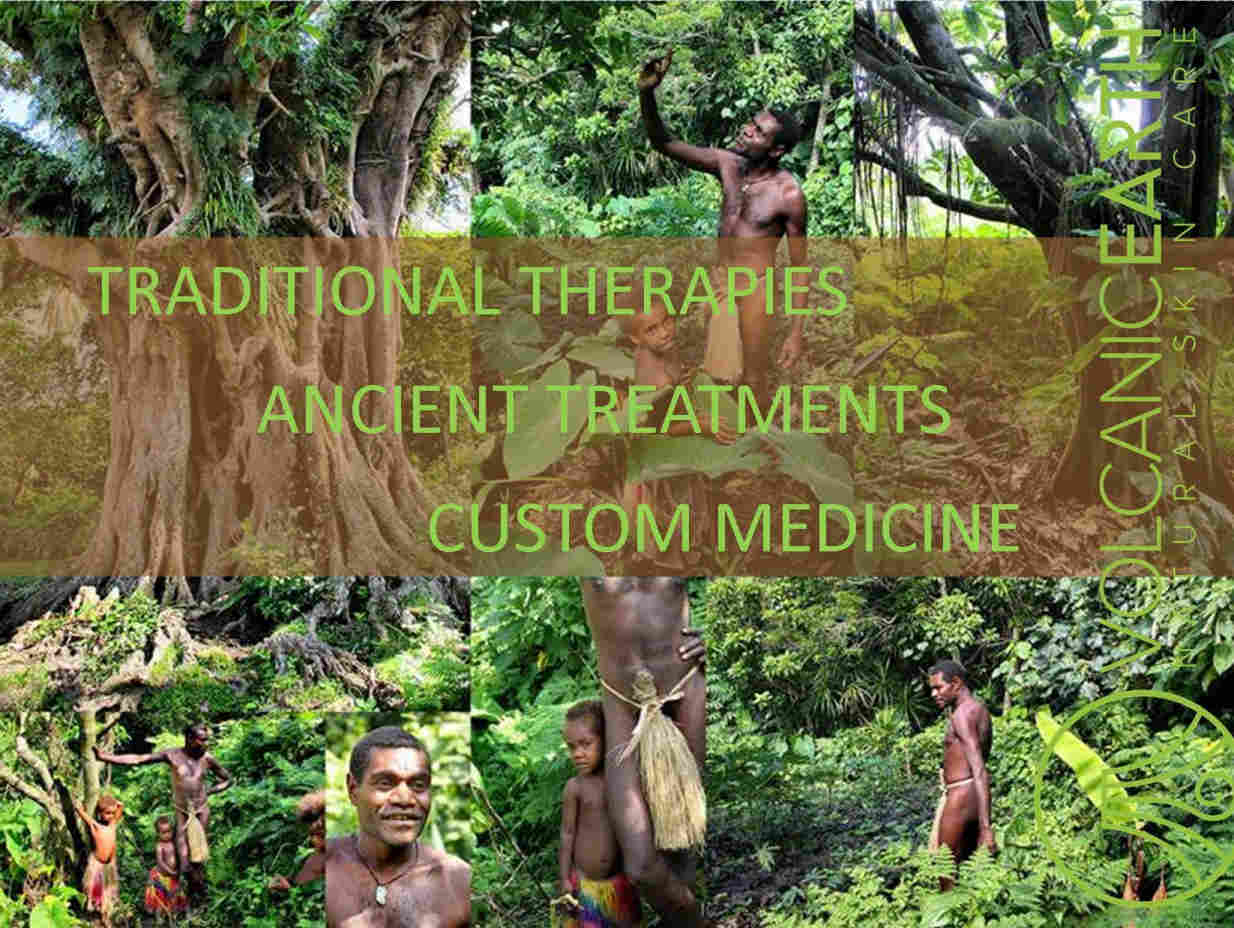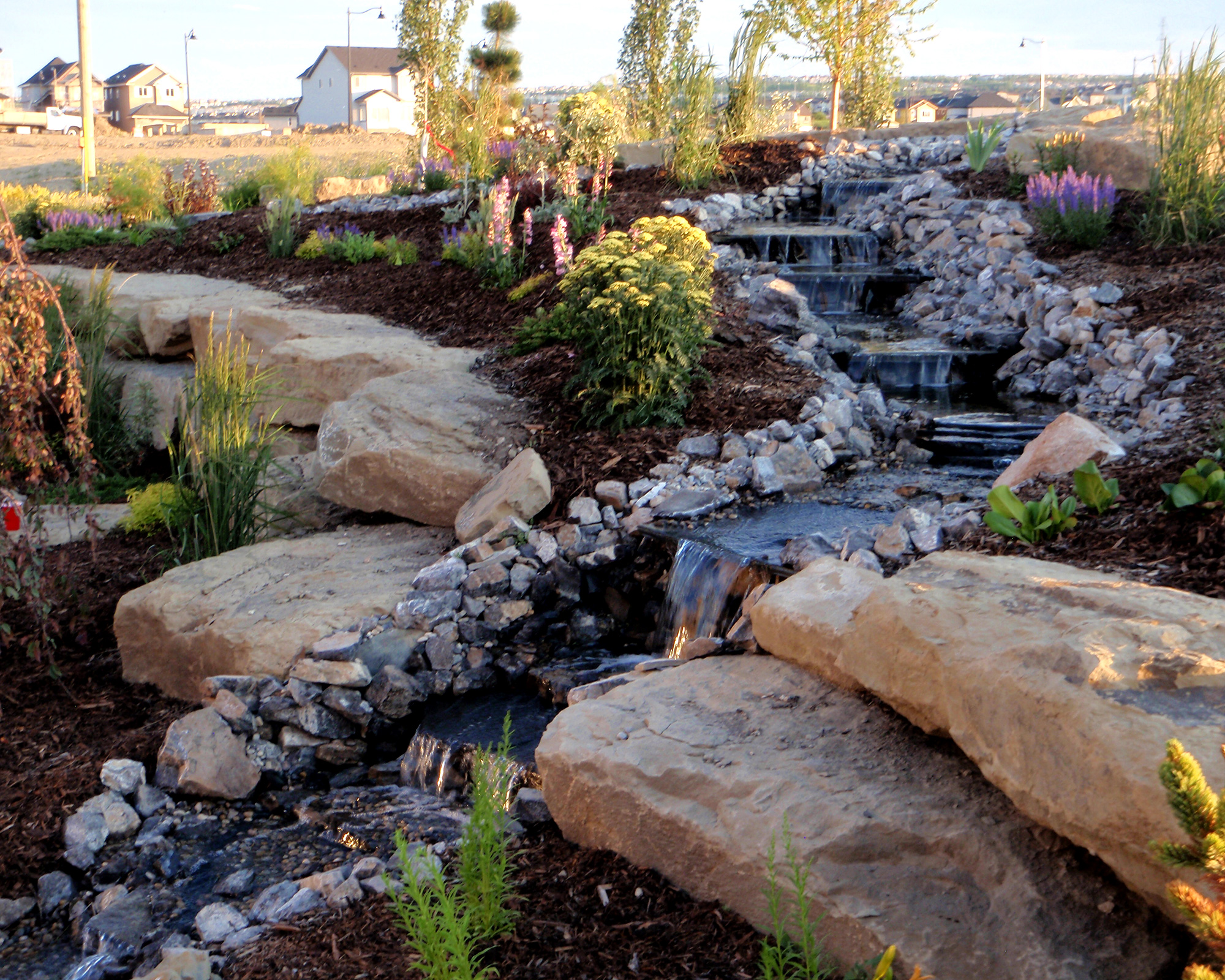

Less accepted versions of the hypothesis claim that changes in the biosphere are brought about through the coordination of living organisms and maintain those conditions through homeostasis. Opponents of this view sometimes reference examples of events that resulted in dramatic change rather than stable equilibrium, such as the conversion of the Earth's atmosphere from a reducing environment to an oxygen-rich one at the end of the Archaean and the beginning of the Proterozoic periods. 1922), Vladimir Ivanovich Vernadsky (1863–1945), and Vladimir Alexandrovich Kostitzin (1886–1963).īiologists and Earth scientists usually view the factors that stabilize the characteristics of a period as an undirected emergent property or entelechy of the system as each individual species pursues its own self-interest, for example, their combined actions may have counterbalancing effects on environmental change.
LIVING EARTH NATURALS PROFESSIONAL
These scientists include Piotr Alekseevich Kropotkin (1842–1921) (although he spent much of his professional life outside Russia), Rafail Vasil’evich Rizpolozhensky (1862 – c. Since barriers existed throughout the twentieth century between Russia and the rest of the world, it is only relatively recently that the early Russian scientists who introduced concepts overlapping the Gaia paradigm have become better known to the Western scientific community.

An example is how the activity of photosynthetic bacteria during Precambrian times completely modified the Earth atmosphere to turn it aerobic, and thus supports the evolution of life (in particular eukaryotic life).

It states the coevolution of life and the environment through "micro-forces" and biogeochemical processes. This is not the work of an individual but a collective of Russian scientific research that was combined into this peer reviewed publication. Lapenis, which states the biota influence certain aspects of the abiotic world, e.g. Lovelock (1995) gave evidence of this in his second book, Ages of Gaia, showing the evolution from the world of the early thermo-acido-philic and methanogenic bacteria towards the oxygen-enriched atmosphere today that supports more complex life.Ī reduced version of the hypothesis has been called "influential Gaia" in "Directed Evolution of the Biosphere: Biogeochemical Selection or Gaia?" by Andrei G. Gaian hypotheses suggest that organisms co-evolve with their environment: that is, they "influence their abiotic environment, and that environment in turn influences the biota by Darwinian process".


 0 kommentar(er)
0 kommentar(er)
